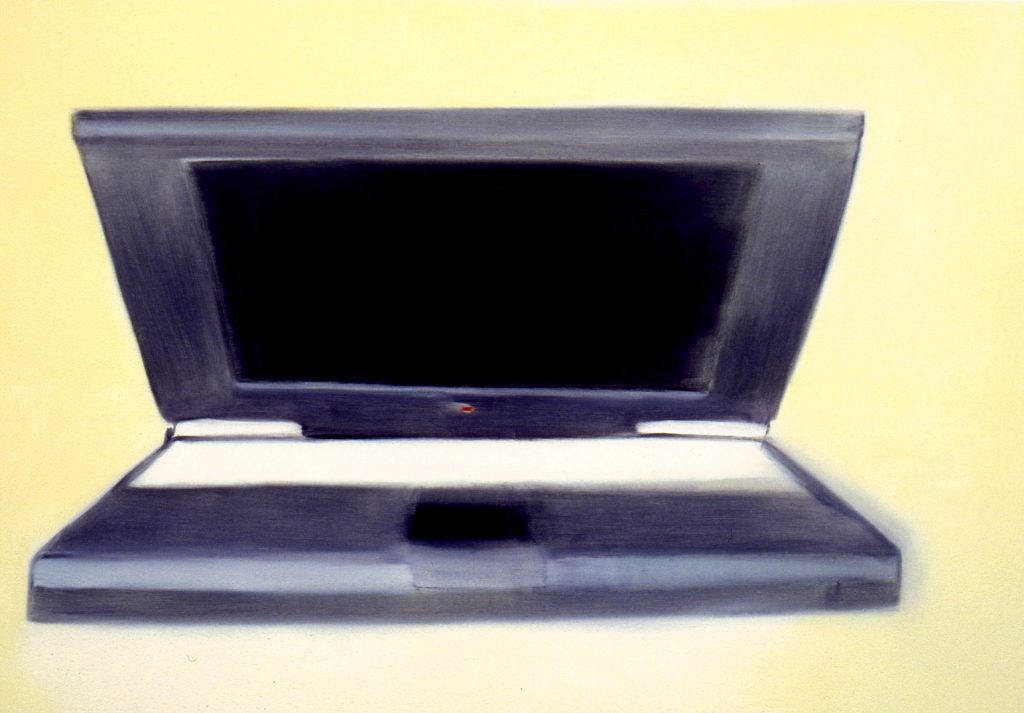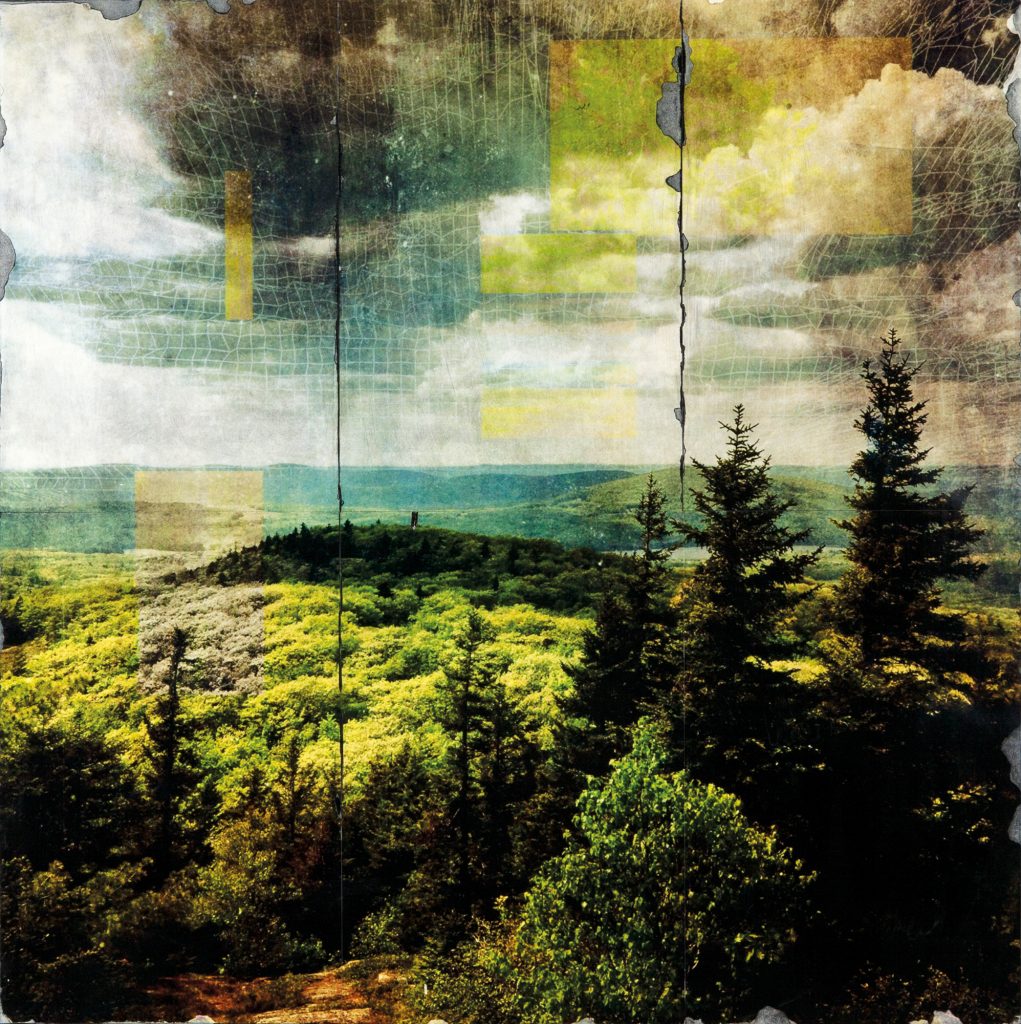The Melancholy Soul of Kyle Thompson
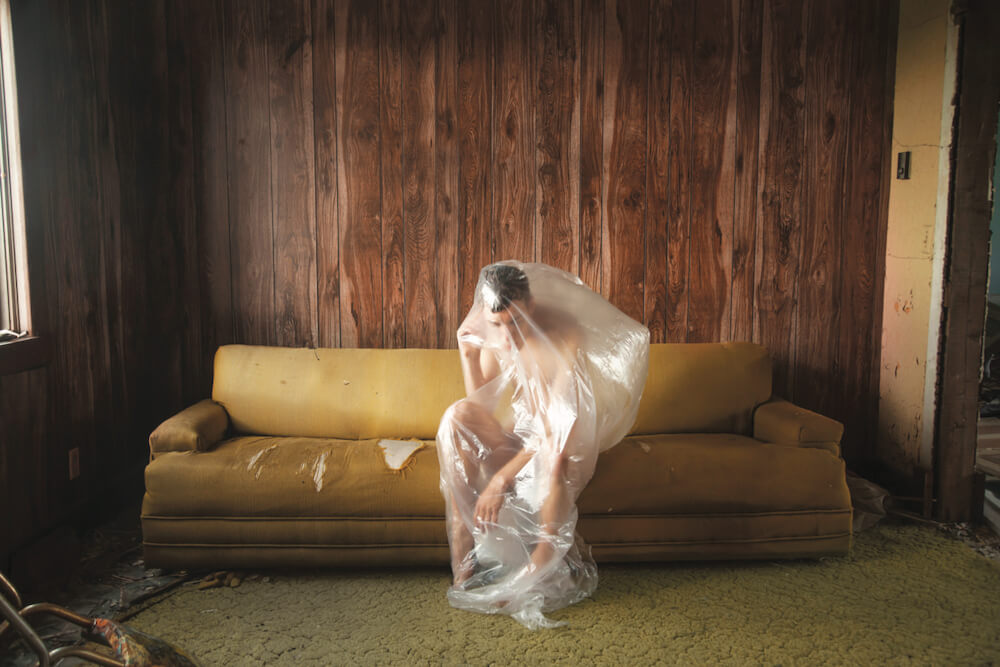
Loneliness, space, time and silence. They are the keys to reading Kyle Thompson’s photography (born in Chicago, 1992). The abandoned, isolated and melancholic environments open sensitive horizons that the spectator is invited to grasp in every image. The artist is represented in Italy by the gallery aA29, which has offices scattered in Milan, Caserta and Reggio Emilia, and an international relations office in New York.
Sinking Ship is a photographic journey that tells the American and Canadian “ghost cities” left in total desolation, where nature seems to become the only form of hope for those buildings and environments left to their own destiny. “A still life” that Thompson chooses to photograph speaks about those forgotten territories of America, where – in some cases – very few people live and where cement is incorporated by nature into new life. He finds inspiration especially in Elsworth, but also in Washington and Oregon, above all. From the age of 19, Thompson documented these slow transformations as a form of territorial regeneration. His production communicates melancholy that is complete with the presence of an individual or an animal that passes.
FRONTRUNNER interviewed Thompson, who currently lives in Portland, and told us more about his work and future plans.

Untitled, North Dakota (2019)
Fine Art print on dibond
60 x 90 cm
Courtesy of the artist and aA29 Project Room, Milano
How was your passion for photography born? What convinced you to follow this path?
Photography was a bit of an accident for me. I used to drive about an hour into the countryside every weekend as an errand for my brother, and on the way I’d pass a long line of abandoned farm houses. I started to explore them, and I wanted a way to document the places I’d been. I started by borrowing a camera from my friends parents, and I’d just search out unique places and photograph them. Eventually I wanted a subject, and since I was often going alone, I bought a tripod and began using the self timer on the camera to take self portraits. Before I began photography I was very into traditional illustration (mainly painting), but the process always felt so daunting and time consuming to me. I immediately loved the instant gratification that photography gave me. I was able to create the ideas I had so quickly, and I never felt stagnant.
Is there an important photographer you are inspired by?
I really admire photographers who purposefully build up a moment to photograph, like Gregory Crewdson, Chen Wei, Justine Kurland, Alex Prager, etc. Photographers like Stephen Shore and William Eggleston really inspire me in a more practical way, also. Whenever I look through their work, I end up really craving to go on a road trip and explore and create.

Capsule, Arena, ND (2019)
Fine Art print on dibond 60 x 90 cm
Courtesy of the artist and aA29 Project Room, Milano
What equipment do you use during production?
I’m admittedly not a very gear-conscious person, but I recently upgraded to a Canon 5D Mark IV.
I shoot often with an 85 or a 50mm lens, or a 24-105 F4 lens. For self portraits, I use a tripod and a remote timer, which is a piece of equipment typically used for time lapse photography. I plug it into the camera, set a delay, and choose the number of photos to take and the interval. The timer then takes photographs at a constant rhythm, which makes the process much easier.
What inspires you to choose one topic over another?
The way I choose topics is a bit instinctive. Photography often becomes an excuse for me to explore my surroundings and discover unique places around me. The topics I choose almost always relate primarily to their location above anything else. I’m really curious about the way our own personal environment reflects back onto us, and I generally just seek out new environments to create in until I discover something I want to explore deeper. I think it has to come naturally.
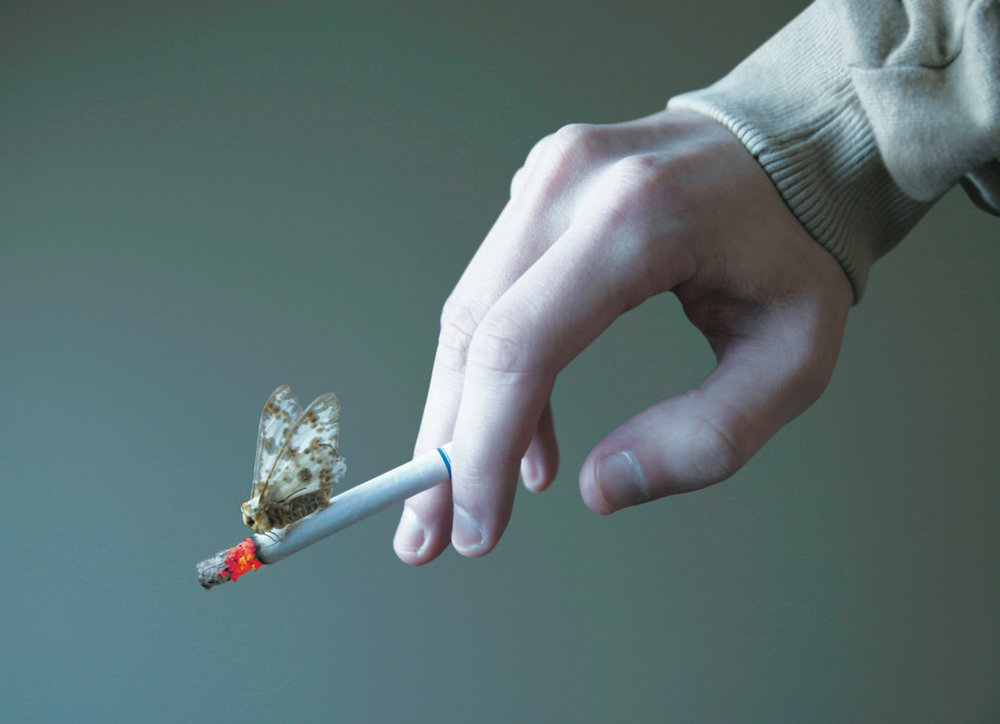
Moth and Flame, Oregon (2019)
Fine Art print on dibond
60 x 90 cm
Courtesy of the artist and aA29 Project Room, Milano
What do you feel during each shot?
While most of my images are self portraits, I’m not intending to photograph myself, but instead be a vessel to portray some one else. I try to put myself in the mindset of whoever I intend to photograph. Sometimes this comes naturally, particularly when I photograph myself in uncomfortable environments- wading through swamps or being alone in abandoned homes- that discomfort translates easily into the image. But sometimes it takes more effort. I’ll often set my remote timer to photograph continuously for 10 minutes or so, so I’m able to take my time to relax and place myself in the scene in a way that feels more natural.
Why choose abandoned and forgotten places of time and man?
Abandoned homes are so interesting to me because they contain so much evidence of life without any other people present. I like to dig through the remnants and try to piece together the lives of the past residents, and use that information in my work. It becomes a bit of a collaboration then, where I try to represent some aspects of their lives through their belongings, while adding my own context. In general, I seek out quiet and empty locations to create in, and abandoned homes allow me to do this while still having some personal elements to build a scene off of.
Tell us how you made one of your shots that you are most attached to.
One of my favorite shots I’ve taken is of a couple on a stack of mattresses in a junk yard. I imagined the scene years earlier, but had no practical way of creating the image. All of the components of the image finally came together while I was on a road trip with my partner and a couple friends. We went to a particular ghost town that I visit every couple of years. The town consists of a few blocks that jut out of the side of a rural highway, and the closest town is a 30 minute drive away. In the center of town was a large junk yard full of rusted cars. I dragged a couple mattresses from a nearby abandoned house into the field, and used my friends as subject[s]. I think I feel so connected to the image, because it’s one of the rare photos that turned out exactly as I imagined it.
In general it is thought that it is easy to photograph in black and white, but you have never used this technique. Because?
I want my work to feel a bit immersive, as if the viewer is trespassing into a moment they don’t belong, and keeping that image in color allows the moment to feel more real. Besides this, playing with and curating the colors in each scene is one of my favorite parts of photography. There is so much that can be told through color that becomes a bit more difficult to portray in black and white.
What do you think of Instagram, where everyone is potentially a photographer; in fact, every user could be called a citizen-photographer. Do you think it is crucial for your business or marketing?
I like how Instagram/social media keeps photography from getting too stagnant. It’s important to allow the viewer to have a wide range and variation in work to curate from, and the massive amount of work available there leads to a more genuine appreciation. It creates this overabundance of work to sort through, but it also allows you to find other artists whose work connects with you a bit deeper.
Tell us about your future projects.
I just finished my photo book Sinking Ship, which explores a collection of ghost towns in the American grasslands, and attempts to form portraits of their past residents. Since I’ve finished that though, and showed it around, I’m going to slow down a bit and slowly begin to work on building up some new work again.
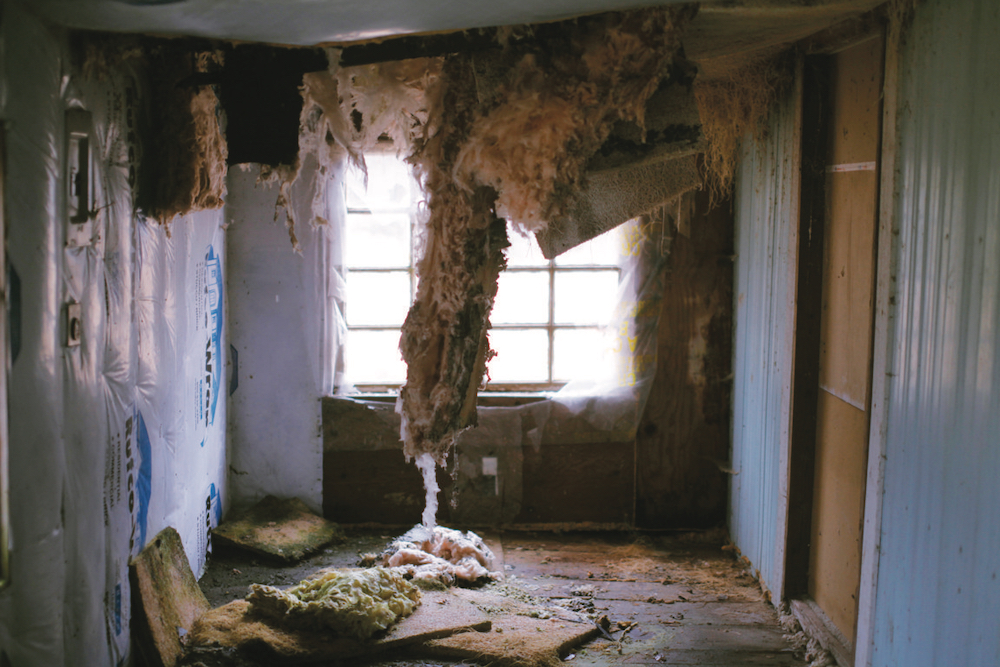
Untitled, Oregon (2019)
Fine Art print on dibond
30 x 40 cm
Courtesy of the artist and aA29 Project Room, Milano





